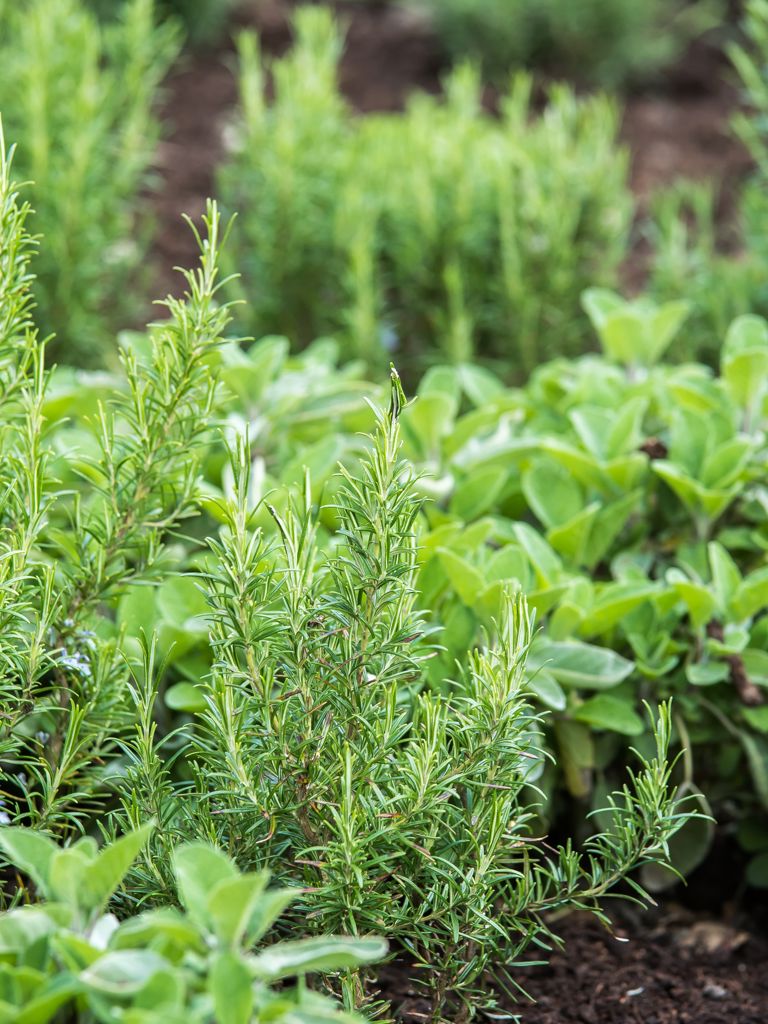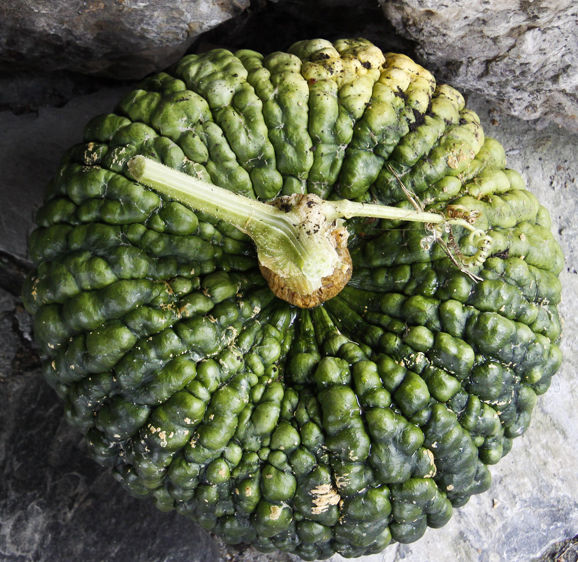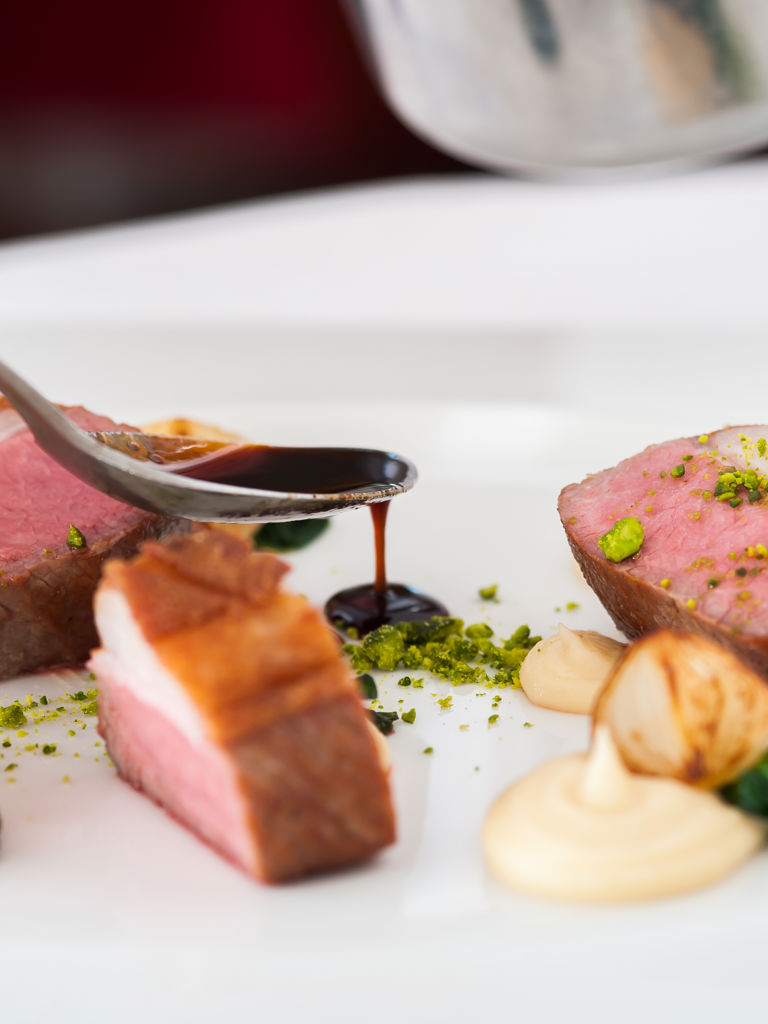
What’s growing in our Kitchen Gardens
With the new lease of life brought forth by spring, our Head Gardener, Robin, unveils what’s growing in our Kitchen Gardens this year.
27 Mar 2023

With the new lease of life brought forth by spring, our Head Gardener, Robin, unveils what’s growing in our Kitchen Gardens this year.
27 Mar 2023

The Howden's Field Pumpkin originates from Massachusetts where John Howden began developing the Connecticut Field Pumpkin in the early 1970s. The variation quickly took over in popularity and retains its status not only for its sweet, autumnal flavour but (thanks to its uniform shape and size) as a favourite Halloween decoration.

The Marina di Chioggia Pumpkin is a more unusual variation of pumpkin with roots in Italian cooking. Despite its obtuse appearance, its innards are dark orange and boast a sweet and rich flavour profile. It was introduced to Italy in the late 1600s and quickly gained favour in a number of pasta dishes.
Learn more about Summer Lodge's award-winning Restaurant and the dishes on offer when you dine with us in Dorset.
Discover The Restaurant